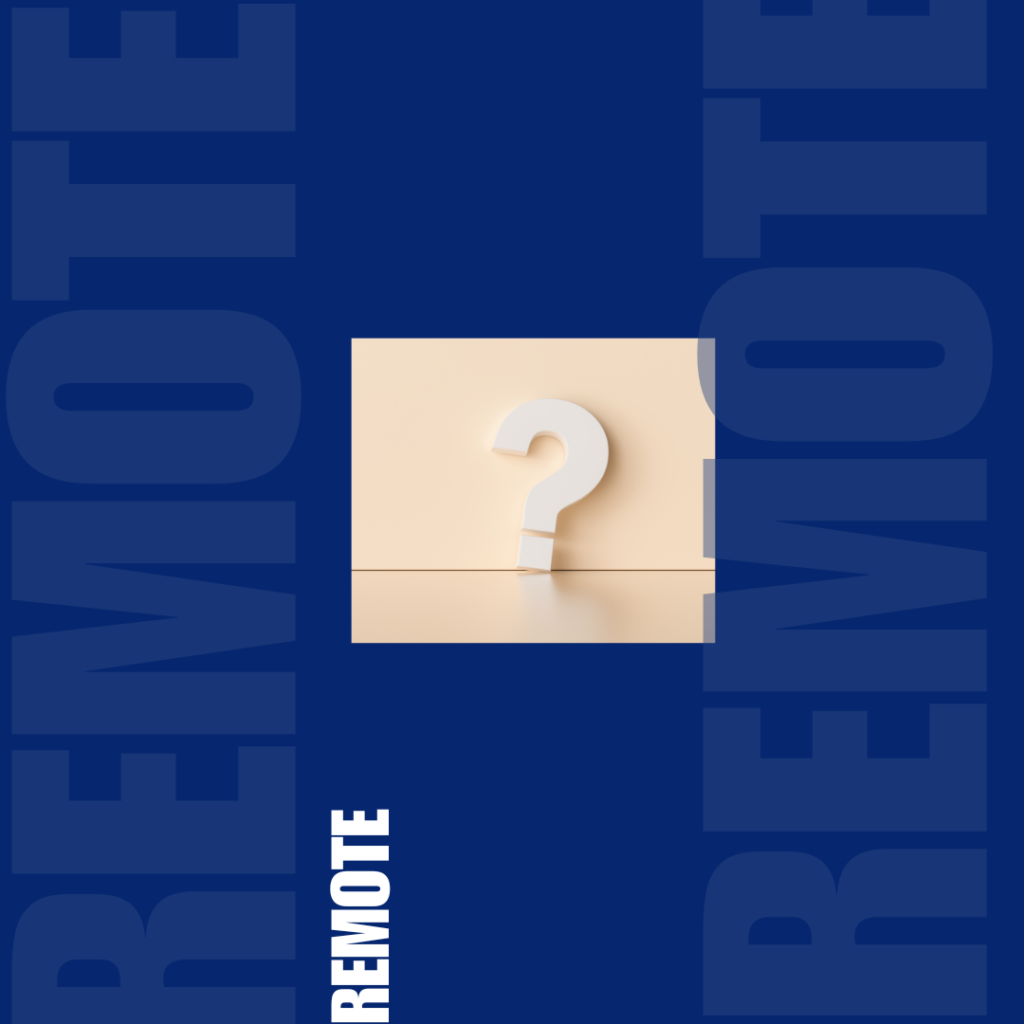
Why a Perfect Workplace Atmosphere Is a Myth
Every company loves to promise an amazing culture. Job ads are full of phrases like “family-like environment” or “positive vibes only.” It sounds great. But the idea of a perfect atmosphere at work is a fantasy. Work is still work. People have deadlines, disagreements, and different personalities. Pretending everything is always perfect creates more problems than it solves. Real success comes from building a space where people can be honest, not fake happy.
The Problem with the “Always Positive” Culture
A workplace that demands constant positivity puts pressure on employees to hide how they feel. When you can’t express frustration or doubt, stress builds up. Teams become polite on the surface but distant underneath. Instead of solving issues, people avoid them. That “perfect” vibe turns into an emotional trap. Real trust comes from knowing you can share concerns without being labeled as negative. Without that, problems quietly grow until they explode.
Conflict Is Not the Enemy
Many leaders think conflict destroys culture. The truth is the opposite. Healthy conflict keeps teams sharp and innovative. When people feel safe to challenge ideas, better solutions appear. The myth of the perfect atmosphere makes leaders avoid uncomfortable conversations. But avoiding them kills progress. Strong teams don’t avoid disagreements. They manage them with respect, so ideas get tested and improved. A little tension is a sign of engagement, not failure.
Diversity of Personality Means Diversity of Emotion
Even in the best companies, not everyone gets along all the time. People have different moods, styles, and values. Expecting constant harmony is unrealistic. When leaders try to force it, they create a culture of sameness. Innovation suffers because everyone feels pressured to agree. A truly healthy workplace accepts that not every interaction will be smooth. What matters is how people handle those differences, not whether they exist.
The Real Goal: Authentic, Not Perfect
The goal should never be to create a flawless atmosphere. That’s impossible. The real win is building an environment where people can be themselves. Some days will be light and fun. Others will be tough. In an authentic culture, both are allowed. Perfection is not the measure of a good workplace. Honesty, resilience, and respect are. When companies focus on those, the atmosphere becomes stronger than any forced positivity.

